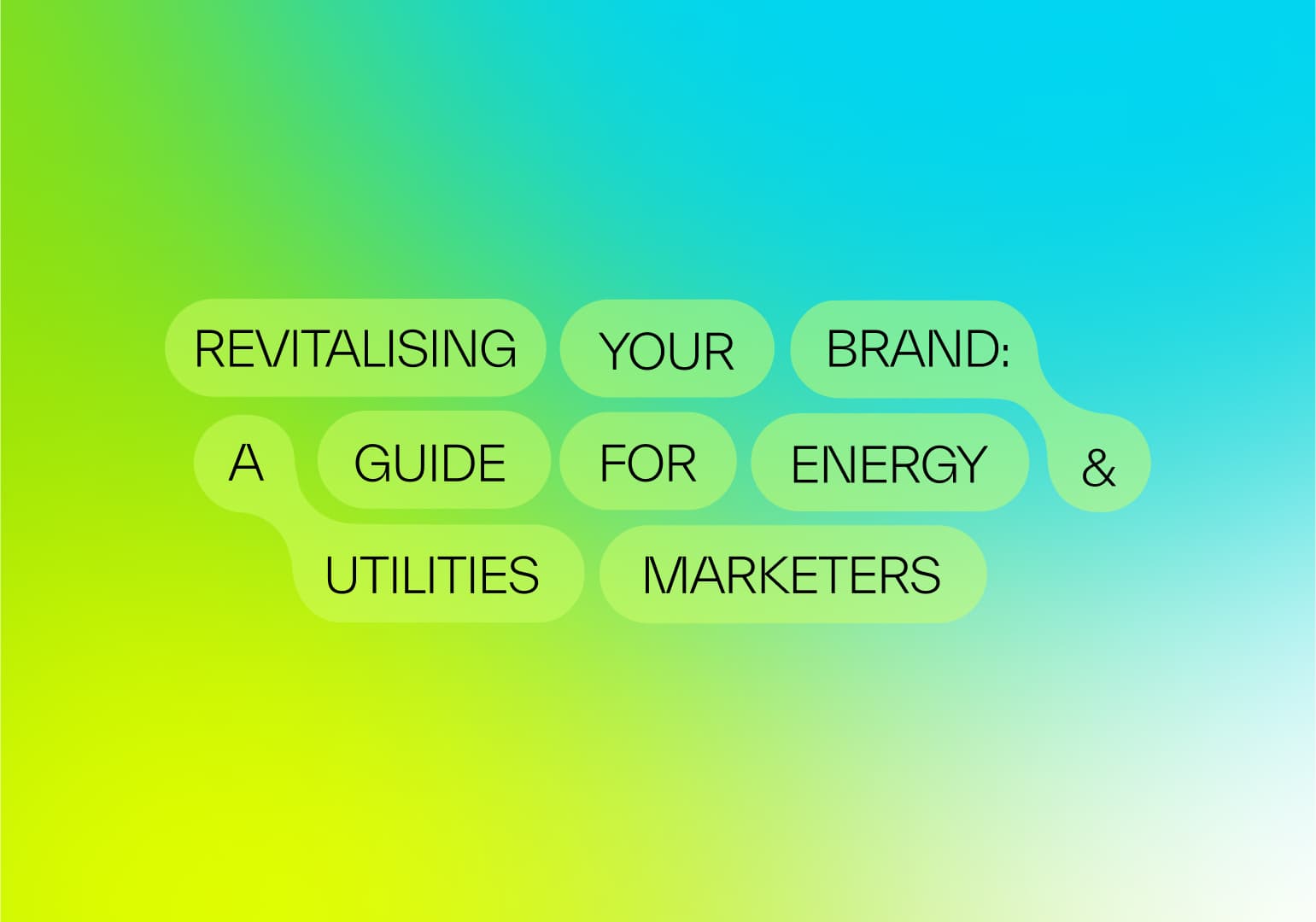
Customer Success: Moving Arterius from WordPress to Payload
When it comes to digital experiences, staying ahead of the curve is essential for businesses to remain future-focused and competitive. In a recent post, we took a look at the importance of choosing the right content management system (CMS) for a B2B organisation, and to hammer home this very significant topic, we wanted to share a success story of our own for a recently completed CMS migration for our client, Arterius.
Arterius is a medical devices firm in the Biotech sector based in Leeds, UK. They came to Show + Tell looking to overhaul their brand identity and website to support their business growth and fundraise for one of their key products. The scale-up has developed two advanced polymer platforms for use in devices to manage arterial disease while leaving no long-term implants in the body. Arterius had been utilising WordPress for several years to manage the digital content on their existing site. While WordPress is renowned for its user-friendly interface and extensive plugin ecosystem, the company encountered limitations as its needs evolved.
During a consultation with the Show + Tell team, we discussed the benefits that moving to a Headless CMS could offer them, such as simple content management, enhanced security, scalability for future changes such as during fundraising phases, high performance and speed, and a more engaging, dynamic front-end as a result.
Moving from WordPress also meant that the Arterius team wouldn’t have to spend budget on fixes to the CMS, which they’d previously had to do. Naturally, in a scaling Biotech business that is actively raising funds to continue innovating, a more resource-efficient CMS was a good move all round.
Show + Tell’s Technical Director, Dan Martin, explains:
“WordPress remains a great CMS, but Payload and NextJS take things to the next level. They are free from the historical baggage that WordPress has accumulated and are designed for the modern web. The developer experience is second to none and this allows us to create beautiful and highly performant websites with a solid foundation that guarantees reliability and ease of updating over the long term.
For our clients, using the CMS is a much cleaner experience that is easier to navigate and more closely aligned to their business than WordPress would be."
Selecting Payload CMS
Upon our recommendations, Arterius decided to transition from a monolithic CMS to a headless CMS architecture. We selected Payload CMS for its robust API-first approach, developer-friendly environment, and ability to decouple the front-end and back-end components.
A few of the key benefits of utilising Payload CMS include:
Flexibility & Scalability
Payload CMS provided us with the flexibility to structure content in a way that suited the specific and ever-evolving needs of Arterius. The headless architecture allows them to scale as required, accommodating growing amounts of content and user interactions without compromising performance.
Developer Empowerment
Payload has many developer-friendly features, with a simplified content model, efficient API, and support for modern programming languages. This meant that the Show + Tell team could focus on creating innovative features rather than wrestling with the limitations of their legacy CMS.
Future-Proofing
The headless architecture of Payload CMS has future-proofed Arterius’ digital infrastructure. This means that as new devices and technologies emerge, we can help them to easily adapt and deliver content consistently across various channels, from websites to mobile apps, and other digital products required as time goes on.
Speed & Performance
Composable architecture is an approach to building software systems with flexible, reusable components. These components are designed to execute specific tasks with minimal side effects, enhancing a system's overall efficiency and adaptability.
Because the front-end and back-end are decoupled with a Headless CMS, deployments can be achieved far easier and performance is not affected.
Composable architecture means the CMS can focus on excelling at its job of content management, whilst for any future enhancements to the site we will be able to select the best tool for the job, free from the constraints that would have been enforced by an older CMS like WordPress.

The Migration Process
The migration from WordPress to Payload CMS was a process that involved content mapping, data migration redirects to retain SEO authority, and the development of the new captivating front end of their website.
The Show + Tell development team and our project managers worked closely with Arterius to ensure a smooth transition, minimising downtime and avoiding disruptions to their digital presence.
Dan adds: "The Arterius site makes use of modern 'Jamstack' architecture. Specifically, this means the pages are generated once when they are created, not every time they are viewed, as they would be with WordPress. As a consequence, the site is super fast and the site can handle a greater amount of traffic at a much lower cost.
Additionally, since the website contains only the files needed to display the pages, it presents a much smaller attack surface to any would-be hackers and so is much more secure than a traditional site."
Want to learn more about migrating to a new CMS?
We’re your guys. We’ve been helping our clients to migrate from legacy CMS platforms to a more forward-thinking, innovative composable architecture approach, across a selection of platforms.
Get in touch to discuss your requirements.


